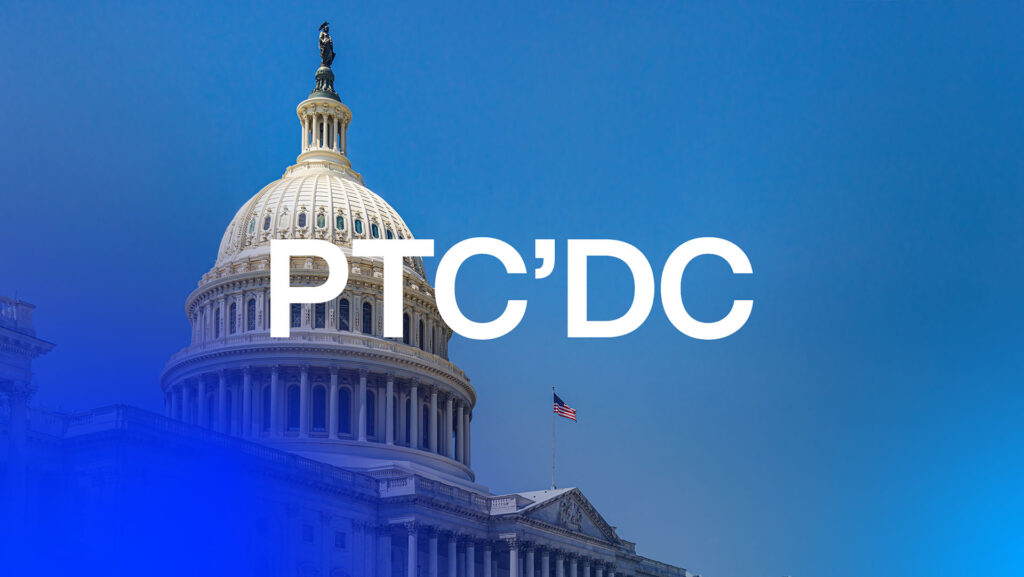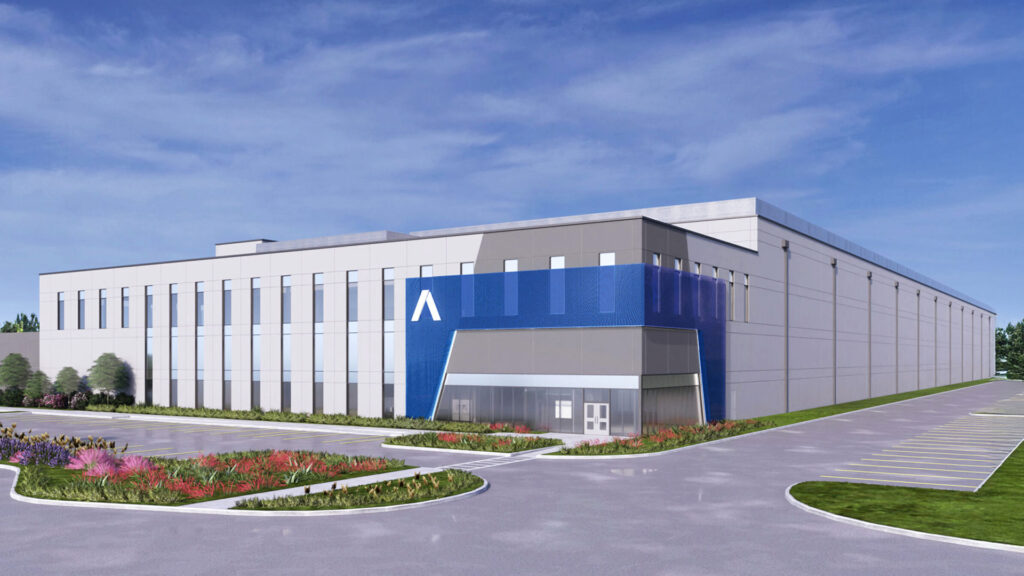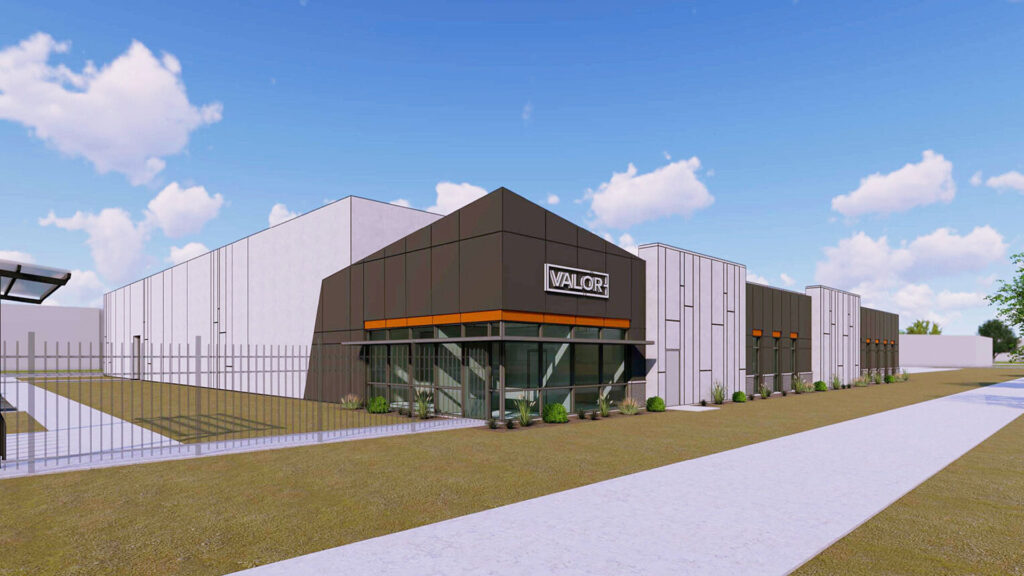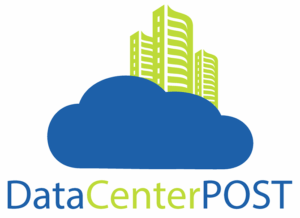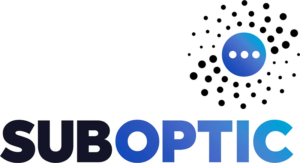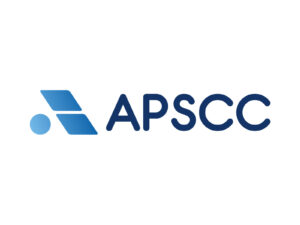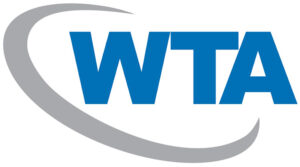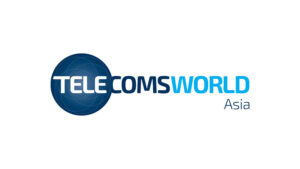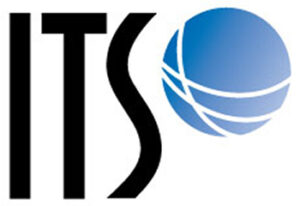In this unprecedented time of accelerated digital transformation, the telecom industry is highly focused on long-term strategies to support technology rollouts and eliminate bottlenecks in the network that impact user experiences. Telecom carriers, colocation and data center providers, and Internet exchanges continue to rapidly increase their capacity and expand network routes to pave the way for even more tech advancements and innovative capabilities. Automated services and rapid provisioning are essential and rely on the accessibility of rich, robust interconnection.
The interconnection of data can be as simple as linking two points, such as a carrier’s network and a data center, or it can be something more complex, such as connecting multiple carriers, colocation facilities, ISPs, end users, and enterprises. There’s no question that having robust interconnection options is increasingly important as the communication between devices, people, applications, and the cloud all rely so heavily on them. So, it’s not just a matter of having the ability to connect to endpoints, but we must do so via reliable, secure, and resilient network infrastructure to ensure the free flow of our new digital economy. Interconnection is the name of this new game.
Here’s where the value of interconnection really builds.
If you look at where the hyperscalers are going, it’s a pretty solid barometer of where the growing and robust interconnection hubs reside. In short, interconnection begets more interconnection. Take a look at where Google and Facebook are deploying some of their massive hyperscale facilities. One locale that may surprise you is in the middle of the U.S. — farming country in Omaha, Nebraska. Google’s largest North American cloud node is just outside of Omaha, showing a strong commitment to this region, announcing its own new data center in nearby Papillon, Nebraska. Facebook is also just a few miles away.
If the world’s largest OTTs are investing heavily in this area, you can be assured this region will continue its growth trajectory — and even more interconnection lies ahead. Other network draws to this central U.S. location are the Asia-Pacific network routes that typically land in Seattle, Portland, and Los Angeles, heading East to New York, New Jersey, and Virginia. What many of them have in common is a strategic interconnection stop in Omaha. Global telecommunications providers such as Telia make this key stop at 1623 Farnam’s interconnected edge data center, which is also home to Omaha IX, a bandwidth-rich, ISP-friendly exchange. By peering with one another, organizations can lower costs, improve network latency, and improve security.
No matter what sector you serve, workloads across the board are becoming increasingly latency sensitive. The rise of edge use cases such as AI, AR/VR, autonomous vehicles, and cloud gaming have shown us that data must be processed as close to the end user as possible, but also in highly secure ways. The innovative applications cropping up around the world are redefining the way we do business and, in a sense, spurring even more innovation. Furthermore, innovation begets more innovation. Commonalities that new applications often need at their core are reliable, high-quality network architecture, low latency routes, and global peering capabilities within a highly secure infrastructure. Those requirements are also why interconnected edge data centers continue to see rising demand. It’s not all about the data center though. It’s about enabling the applications that thrive at the edge of the network and supporting the dynamic flows of data that are guided by a fabric of networks and data centers — all of which must be built and grown with connectivity top of mind.
Requirements for connectivity are at an all-time high, and retaining flexibility is crucial so that we collectively can all respond to rapid deployment requests. All in all, our global telecom industry is poised for another transformative year. As we move forward and cultivate even more connectivity to suit even more innovative applications, keeping an eye on growing interconnection points (not just the standard big-name urban centers we’ve come to expect) will be key to remaining strategic as enterprises grow their IT frameworks.
About 1623 Farnam
1623 Farnam is the leading network interconnect point providing secure edge connectivity to fiber/wireless network providers, major cloud/CDNs, content providers, and Fortune 500 companies. We support mission-critical infrastructure and applications with the highest levels of availability, enabling maximum levels of application performance. As the regional leader in network-neutral, edge interconnection, 1623 Farnam offers access to 50 network companies with regional, national, and international reach including the only low-latency direct connection to Google Cloud in the central United States. Located in the heart of the Midwest in Omaha, Nebraska, 1623 Farnam services over 5 million eyeballs and multiple Fortune 500 companies in our region. We pride ourselves on consistently earning high customer satisfaction scores resulting in customer peace-of-mind. Visit www.1623farnam.com.



